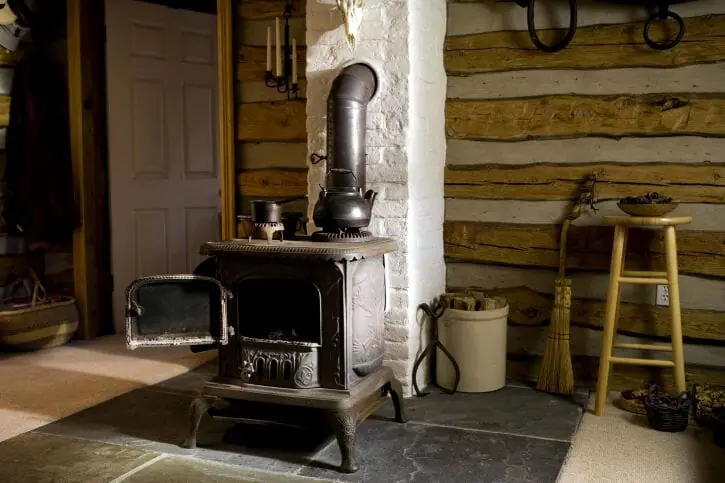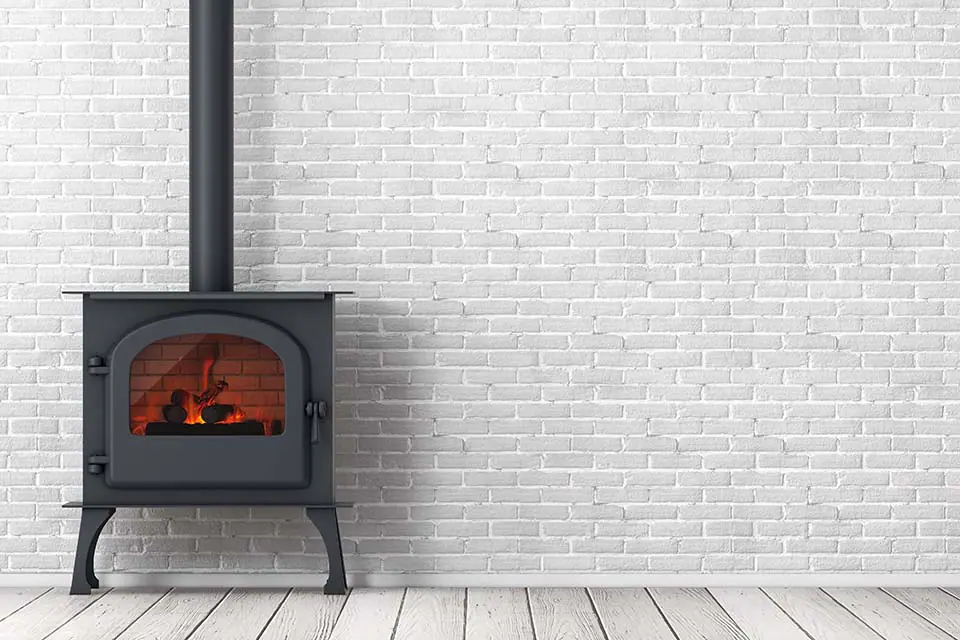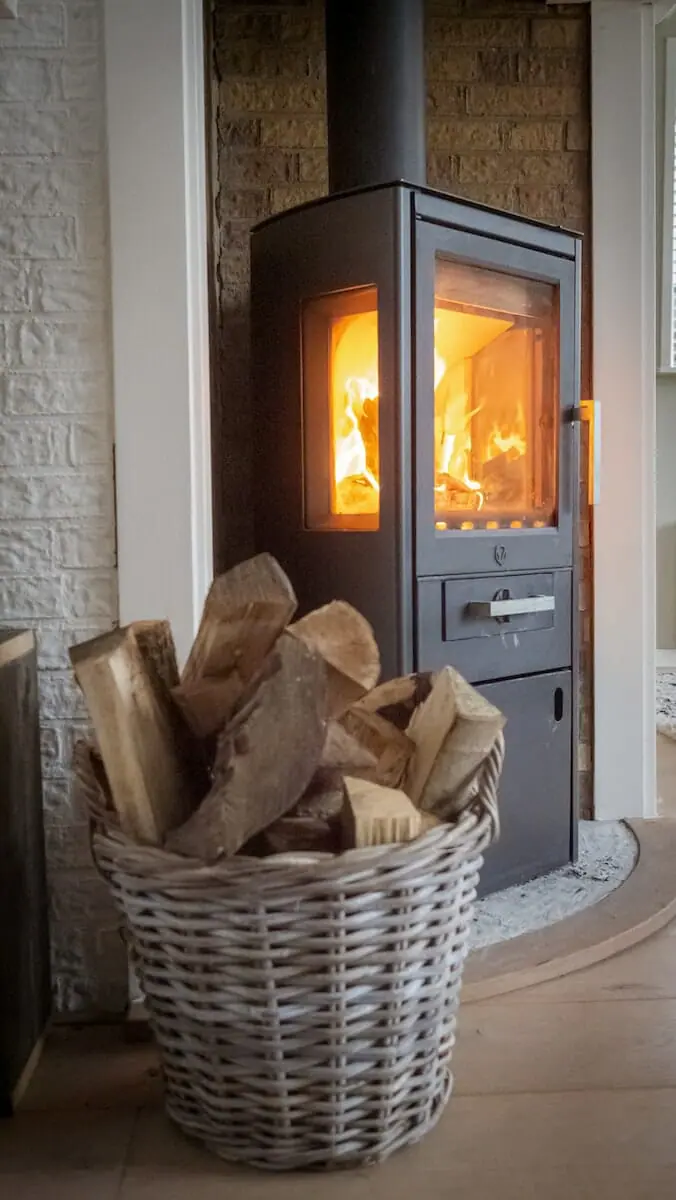A cast iron is a material that is made by pouring molten iron into a mold. It is a very strong and durable material used for centuries in various applications.
Over the years, cast iron has been used to make everything from pipes and railroad tracks to cooking pots and wood-burning stoves. Cast iron is made up of carbon and iron, which makes it very brittle.
When heated, it becomes tough and can easily break or shatter. Because of its brittleness, cast iron is not the best choice for applications where it will be subject to a lot of stress or heat.
That is why we have prepared this article so that you can learn about the benefits and drawbacks of using cast iron vs. steel in your wood-burning stove.
Contents
Cast Iron

Very heavy
The first thing you need to know about cast iron is that it is very heavy. Depending on your needs, this can be both a good and a bad thing.
Cast iron is a good choice if you are looking for a material that can withstand a lot of weight and stress. However, if you are looking for a light and easy material to work with, cast iron is not the best choice.
Good conductor
Cast iron is also an excellent conductor of heat. Its thermal conductivity is about 60% that of carbon steel. This means that it can transfer heat faster than steel, making it ideal for use in stoves and other applications where heat needs to be transferred quickly.
Durable
Cast iron is also very durable. It is not susceptible to corrosion or rust and can withstand a lot of wear and tear.
Brittle
As we mentioned before, one of the main drawbacks of using cast iron is that it is very brittle. When heated, it becomes tough and can easily break or shatter.
Cost
Another drawback of cast iron is that it is generally more expensive than steel.
Steel

Lightweight
One of the main advantages of steel is that it is much lighter than cast iron. This makes it easier to handle and install, especially if you are doing it yourself.
High heat conductivity
Steel conducts heat much better than cast iron, meaning that your stove will heat up faster and the heat will be more evenly distributed. This also means that steel stoves tend to be more fuel-efficient.
Corrosion-resistant
Steel is much more resistant to corrosion than cast iron, so it will last longer and require less maintenance.
Affordable
Steel is generally cheaper than cast iron, making it a more budget-friendly option.
However, steel has a few disadvantages as well:
Low heat retention
One of the downsides of steel is that it doesn’t retain heat as well as cast iron. This means your stove will cool down faster once the fire is extinguished.
Less durable
Steel is not as durable as cast iron and is more prone to damage. It can also warp and distort over time if not properly maintained.
So, which is better?
It depends on your individual needs and preferences. If you are looking for a strong and durable material, cast iron is a good choice.
However, if you are looking for a light and easy material to work with, steel is a better option. Steel is the more affordable choice if you are on a budget.
Are there any other considerations?
Yes, there are a few other things that you need to keep in mind when choosing a material for your wood-burning stove. You need to consider the weight of the stove, the heat conductivity, the durability, and the cost.
You also need to decide if you want a material that is light and easy to work with or strong and durable material.
Conclusion
In the end, it comes down to your individual needs and preferences. If you are looking for a strong and durable material, cast iron is a good choice.
However, if you are looking for a light and easy material to work with, steel is a better option. Steel is the more affordable choice if you are on a budget.

